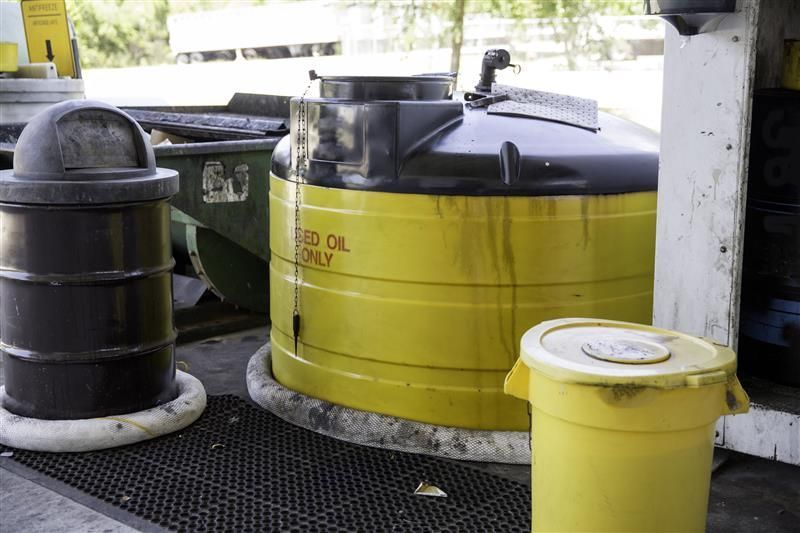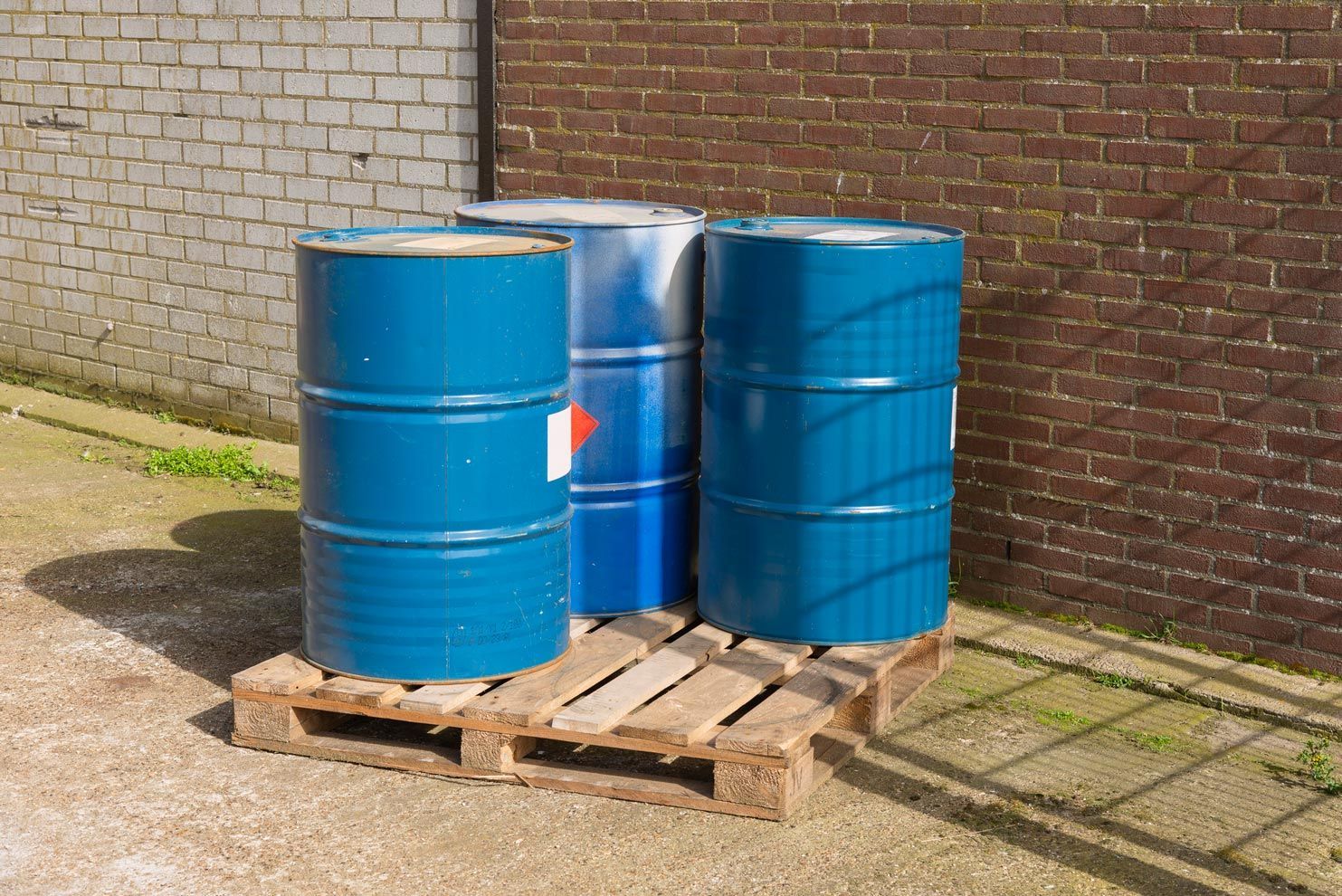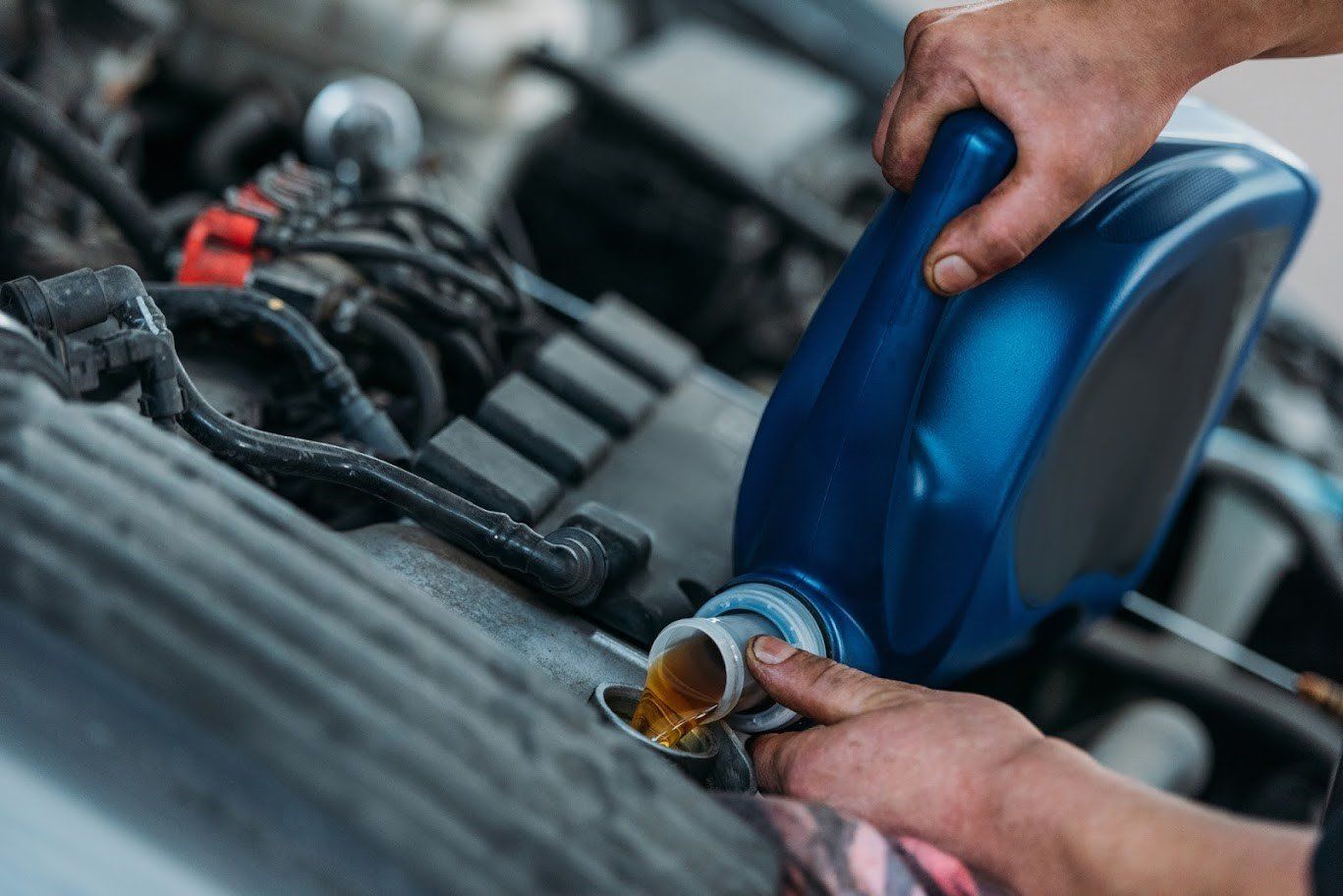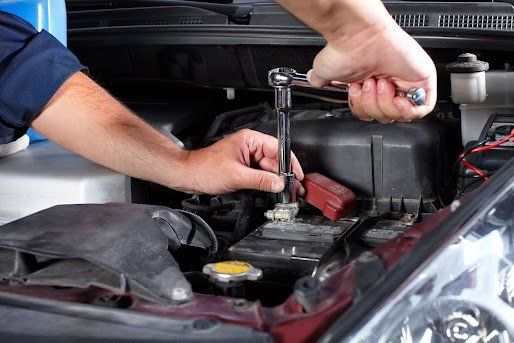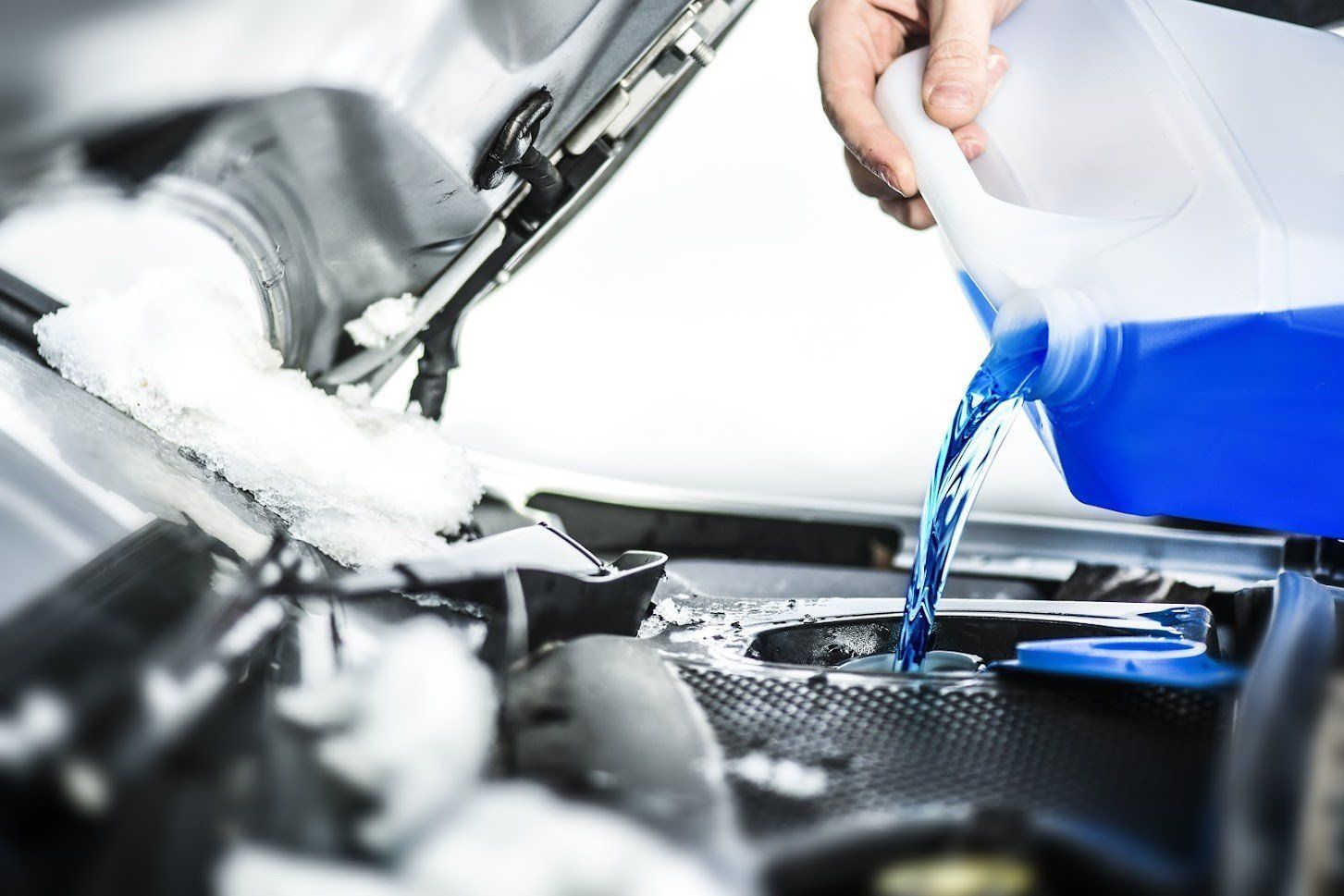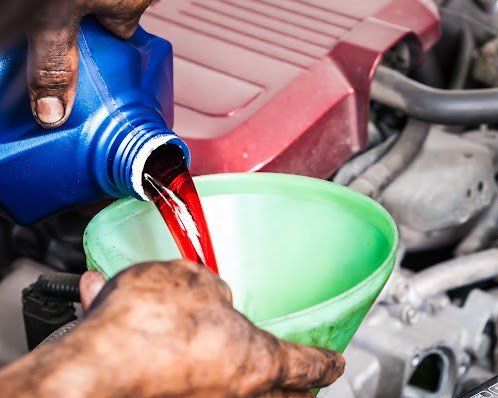Getting Into Manufacturing? Why You Should Recycle Tramp Oil
March 20, 2020
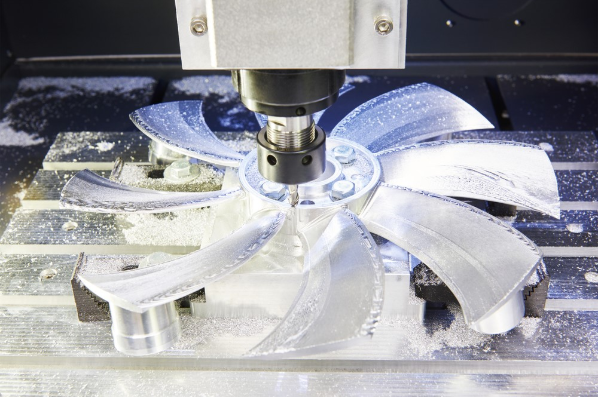
Whether you want to create large assemblies in a factory setting or work for a machining shop and create smaller products and parts, you can take many paths as you learn metalwork. However, as you learn about different machines and tools, you should also learn about the proper disposal of by-products that are created during the manufacturing process, such as tramp oil, or sump oil.
Read on to learn more about tramp oil and why it's important to recycle it in your future endeavors.
What Is Tramp Oil and Why Is It a Problem?
Tramp oil is a catch-all term for oil lubricants that contaminate machine coolants. As machine components, such as screws, spindles, and lathes, twist and rotate, the oil will mix with the coolant. This by-product can be a big problem for many reasons.
It's Dangerous to the Environment
When tramp oil is heated, it can form polyaromatic hydrocarbons (PAHs), which are pollutants that have carcinogenic properties. You don't want these oils to leach into the ground or end up in a local water supply.
It Can Be a Health Hazard
When tramp oil mixes with coolants, anaerobic bacteria thrives. Tramp oil can irritate the skin, so workers who handle the machines are at risk for developing contact dermatitis. The bacteria may also release a foul, rotten-egg vapor and make working conditions uncomfortable. Tramp oil can also release heat, which creates fire hazards and smoke that may lead to respiratory infections.
It Can Slow Production
Tramp oil can actually change a coolant's ability to reduce friction between components and lubricate moving parts. Tramp oil affects the surface finish of a finished product since the machines won't be working at full efficiency. Plus, if tramp oil builds up, then it can wear down the machine prematurely, which can be quite costly to repair.
What Are the Ways to Separate and Remove Tramp Oil?
If you use the right purification equipment for your tramp oil, you could possibly see a 40 to 80 percent drop in your coolant costs and a corresponding decrease in disposal costs. Here are just a couple of ways to purify coolants and remove tramp oils during the manufacturing process.
Oil Skimmers
An oil skimmer is a large machine that removes tramp oil from the surface of a liquid, like water. As the oil floats, it hits a skimming component — like a mop or a belt — and it will adhere to that component and separate from the coolant.
Overflow Tank and Baffles
When tramp oil cannot be skimmed out of a machine, then an overflow tank and baffles may be used. Baffles are simply flow-directing vanes or panels that separate the tramp oil as coolant flows through to an overflow tank.
Centrifugal Force Devices
To separate tramp oil from coolant, the liquids are poured through a long tube. As this tube spins, the tramp oil and coolant separate into different areas because of their different weights and viscosities.
Once tramp oil has been separated by one of these methods, contact an oil recycling company. Because tramp oil is detrimental to the environment, you cannot just throw it away.
Additionally, once the tramp oil is separated from the coolant, some recycling companies are willing to pump out the oil and transport it to a recycling facility for further usage. For instance, some oils can be reused by customers as burner fuel for furnaces and boilers.
Be sure to reach out to us at Denver Oil for more information about properly recycling tramp oil. We’ll help you protect your bottom line and the environment through proper tramp oil services.

